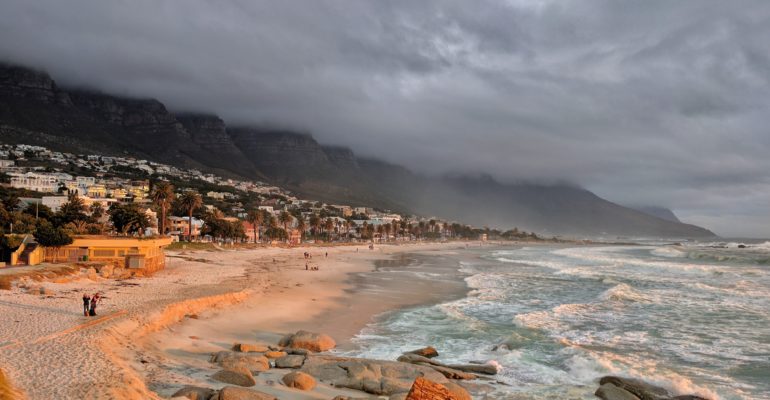One of the major effects of climate change is a rise in global sea levels, driven by the thermal expansion of ocean water, and the addition of freshwater from melting glaciers into the sea. Depending on how much global temperatures continue to increase, sea levels are expected to rise anywhere between 64 and 126cm by 2100, with potentially devastating consequences for people living in low lying and coastal regions. Across Africa, over 60 million people live along the coast, making adaptation against rising sea levels a key priority in the fight to reduce the harmful effects of climate change.
Effects of rising sea levels
The most direct impact of rising sea levels comes in the form of deaths from flooding and storms. In 2017 there were over 13,000 deaths across West Africa, where sea levels are rising substantially faster than the global average. However, this is not the only danger. With increased flooding comes a number of other threats to local livelihoods, including crop damage, increases in water-borne diseases and damage to key infrastructure such as drainage systems. These threats may force more than 10 million people across the continent to leave their homes by 2100.
With many important industries concentrated in coastal cities, the economic consequences are severe. For instance, damages from rising sea levels in the Ivory Coast cost the country roughly $2 billion in 2017 alone. In Africa, the costs of rising sea levels (and climate-related damage as a whole) account for a very high proportion of most countries’ GDP, and this will likely reduce funds for infrastructural development and poverty alleviation.
Coastal adaptations to rising sea levels
Fortunately, there are many ways to reduce the impact of rising sea levels. Coastal adaptation refers to both natural and artificial means of protecting cities from flood damage. Artificial strategies typically involve physically preventing water damage, such as by building sea walls, elevating houses and other buildings, and adding sand and sediments to beaches to reduce erosion. On the other hand, natural adaptation involves creating, protecting, or restoring habitats such as wetlands, mangroves and coral reefs that act as natural barriers to storms and floods.
There are strong reasons to invest in coastal adaptations: one study found that they could reduce the number of people forced to migrate away from vulnerable areas from 10 million to just 14,000, as well as reduce economic damage by as much as 50%.
With limited funds and institutional capacities across much of the continent, it is crucial that measures to combat rising sea levels are cost-effective. Therefore coastal protection must be focussed on highly threatened, densely populated cities and ports. For people living in rural areas, governments must ensure that they can easily relocate or seasonally migrate to inland settlements by improving transport links. In addition, education programs can be implemented to teach farmers effective techniques such as crop rotation and floating cultivation to help cope with adverse conditions.

